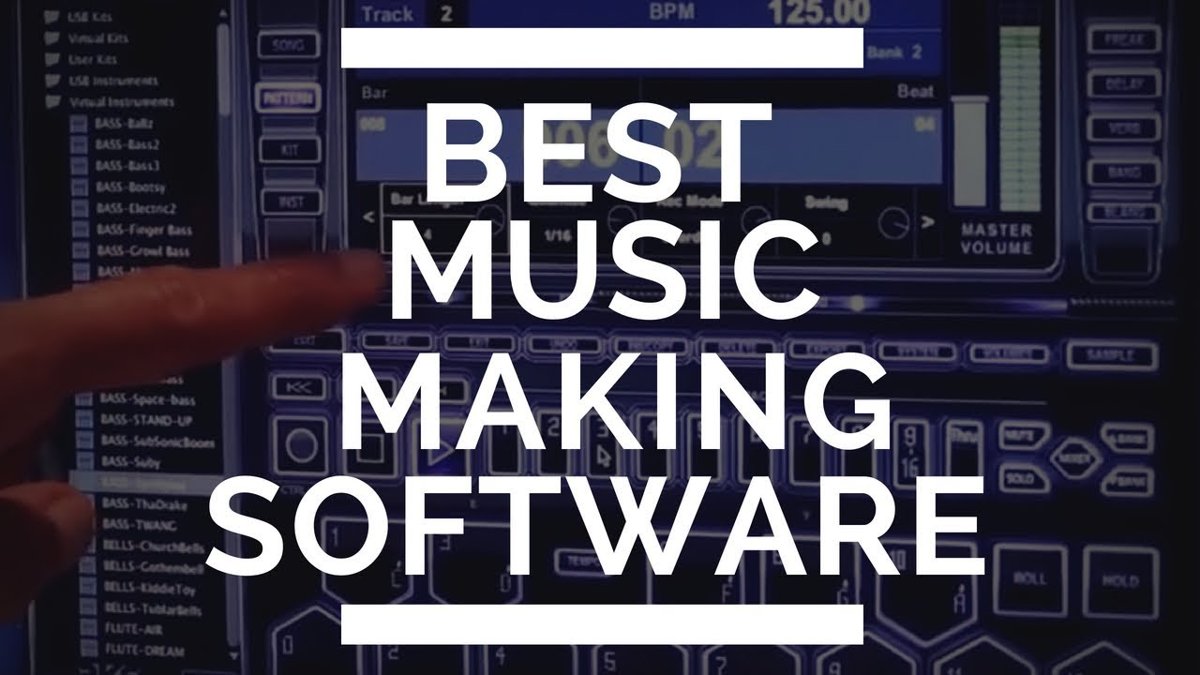Best Music Making Software for PC
Music production software are digital audio workstations
that give music artists a platform to record, edit, mix and otherwise refine
their audio tracks. Above all else, they enable users to create music without
any live instruments, which is probably preferable to banging away at the drums
in a garage. Beyond that, there are numerous features and advantages with the
digital tools available.
ACID Pro 365: ACID Pro is a veteran when it comes to music
production software, and the first version of this software was released 20
years ago. The new version offers a new and sleek user interface as well as a
powerful 64-bit engine. In addition, there’s support for 24-bit, 192kHz
multitrack recording. Lastly, the application has a CD burning feature, but you can also save your projects in various audio formats including
MP3, WMA, WMV, AAC, FLAC and more. Overall, ACID Pro 365 is a great music
production software, and with 16 different available instruments, and 9GB of ACID
loops.
FL Studio: The Best Free Music Production Software for
Beginners. This is one of the best DAWs for those looking to
start out and get their feet wet in the music-making world. FL Studio by
Image-Line has been out and about for quite some time, being one of the most
popular software to date. It’s got your standard protocol with pitch shifting,
correction, time-stretch, cut, paste and the works, but its interface is
especially well-suited for the beginner. It’ll take a little bit of reading to
start going, but once you’ve got the hang of it you’re good to go. There are
plenty of YouTube videos out there dating back to 2005 giving tutorials for
pretty much any feature you need to be explained. You can use MIDI keyboards, record
into it with a microphone, do your standard editing and mixing — it just gives
you what you essentially need in music software with a simple interface.
Audacity: Audacity is open-source software that’s one of
the most popular music editors with already millions of downloads. This cross-platform app works with not
just Windows, but also with macOS and Linux. This program allows you to not only
record music from several different sources but also post-process nearly any
type of audios. With the help of this software, you can also add different
effects to your music, fine-tune the pitch, bass, and treble, and even assess
tracks using its tool for frequency analysis.

GarageBand: GarageBand is a digital audio workstation
(DAW) and music sequencer that can record and playback multiple tracks of audio.
GarageBand has for years been a simple, accessible, yet very capable way of
getting your songs recorded without needing to know too much about the
mechanisms involved. Recent versions have brought GarageBand into line with
Logic Pro X in terms of style, while also bringing across impressive features
such as Drummer, which intuitively plays along with your compositions, alleviating
the need for hours of careful MIDI programming. GarageBand's elegant layout and
lack of too many control options make it an ideal place for those new to
working in a digital environment.
LMMS: LMMS (which used to stand for Linux MultiMedia Studio)
is cross-platform music production software, available on both Mac and PC as
well as Linux. It’s suitable for all levels of music producers and is a good
fit for a beginner. LMMS has five editors that will help you create melodies
(Song Editor) and beats (Beat + Bassline Editor), as well as make your own
mixes (FX editor) and arrange samples. LMMS software also has a wide variety of
instrument synthesizers. Among other good qualities of LMMS is its
compatibility with external software. The program supports VST and LADSPA
plugins with which you can mix a multitude of extra effects into the music
track. You can export your files into MP3, AIF, and WAV as well as transfer
files from different music production software.